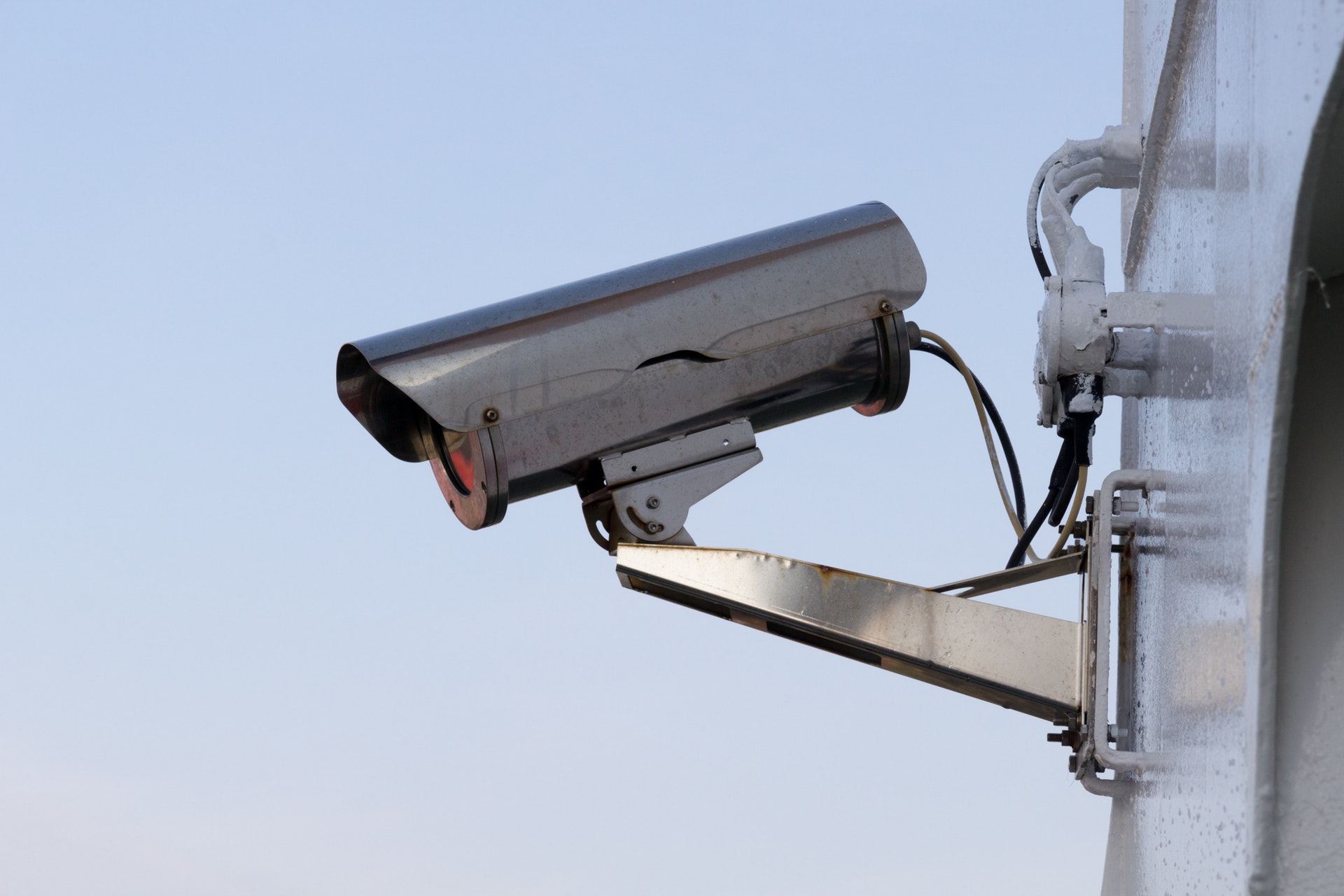
How to Register a Charge over a Company
What is a Charge?
A charge is the security that a company gives for a loan, such as a mortgage. There are two types of charges:
- A fixed charge, which often occurs when a company takes out a loan to acquire assets such as a building or a car. The company can therefore not sell this without the lender’s permission and must repay the debt per the loan agreement.
- A floating charge, which covers the company’s assets as a whole. The lender can therefore recover monies when the assets are sold. However, the lender will rank behind other creditors, including wages and any prescribed past creditors.
- A debenture, commonly used by banks or other financial institutions, is a mixture of both a fixed and a floating charge. A fixed charge is taken out over assets that aren’t used or disposed of in the ordinary course of business, while a floating charge is taken out over the rest of the company’s assets.
Pursuant of The Companies Act 2006 (Amendment of Part 25) Regulations 2013, the particulars of almost all charges need to be registered at Companies House within 21 days of the creation of the charge. This is to ensure its security in the event of a company’s liquidation.
How to Register the Particulars of a Charge
A charge can be registered by any interested party, and a company need not register a charge itself. Generally, the lender or the lender’s agent will register the charge. The form needed to register the particulars of a charge is Form MR01 where the charge has been created with or evidenced by an instrument. Separate MR01 forms should be used for each charging company if one or more companies create charges in the charging instrument (NB Separate certified copies of the charging instrument should be sent with each form).
The completed Form MR01 must be sent – either online or by post – with attached certified copies of any relevant charge instruments, such as a debenture or mortgage. You must be careful to ensure that the information on the instrument is reflected accurately on the form, as any mistakes will lead to its rejection. This can result in you missing out on the 21-day statutory time limit, resulting in the necessity of a court order to register the charge.

The certified copy will remain at Companies House for the public register, so take care to ensure you do not send the original document. Because the instrument remains on the company’s records, you can remove or redact certain personal information from the instrument(s), including:
- Any personal information relating to a person (but any names must be left in),
- The number/identifier of a bank or a securities account, and
- A signature.
If the charge has not been created with or evidenced by an instrument, you should instead submit either Form MR08 for a charge being registered under s.859A of the Companies Act 2006, which includes a mortgage or standard security, or Form MR09 for a charge being registered under s.859C of the Companies Act 2006, which applies to situations where a company purchases property or undertaking that is subject to a charge and would have been capable of being registered as a charge under s.859A above, if it had been created by the company after the purchase of the property or undertaking. It should be noted that these forms can be submitted by post only and are not eligible for Companies House WebFiling.
Things to Note when Completing Form MR01
Completing Form MR01 is a relatively straightforward process, but you should take due care and attention to ensure there are no mistakes or discrepancies. The information on the form must be exactly the same as that on the instrument used to create or evidence the charge to avoid rejection.
Section 1 Will require you to list the Company’s full name and number.
Section 2 Requires the date which the charge was created. This must match the record at Companies House and will generally be the date the charge in question comes into effect. Particular care should be taken with the date, as it is crucial when calculating the 21-day statutory time limit in which the charge must be registered. Ensure not to backdate or forward date an instrument creating a charge.
Section 3 Requires the names of any persons, security agents, or trustees entitled to the charge. Where there are more than four names, you will need to tick the statement confirming there are more than four persons, security agents or trustees entitled to the charge. Again, take care in ensuring the names on the form are the same as those on the charge instruments; errors will lead to untimely rejections at Companies House, which can result in you missing the statutory time limit.
Section 4 Requires a short description of the land, buildings, ships, aircraft, or intellectual properties that have been charged. The description need only be simple and where there is more than one item subject to the charge, you only need to name a few. You should then add a statement something along the lines of ‘for further details of land, ship, aircraft, or intellectual property charged, please refer to the attached Instrument.’ You can also use a continuation page if needed.
Section 5 Is a simple tick box to ascertain whether or not the instrument includes any other charges or fixed securities of anything not within the ambit of section 4.
Sections 6 and 7 Are relatively straight forward tick boxes relating to floating charges and negative pledges.
Section 8 Is a tick box to ascertain whether or not the chargor is acting as a trustee. If a chargor is acting as a trustee, Companies House must be notified of this at a later date using Form MR06.
Section 9 Requires a signature of a person with an interest in the charge. Companies House has confirmed that this is broad enough to include a lawyer acting for the company or a charge holder, or any other agent of either party.
Presenter Information is then required, and this is to whom Companies House will return a letter of acknowledgement and the certificate.
How to Properly Submit Form MR01
The completed Form MR01 should be sent to Companies House in a large, sealed envelope marked ‘Companies House – Time Critical’. Inside the envelope should be:
- the completed MR01 Form,
- a covering letter and a copy of that letter on which Companies House can acknowledge receipt in:
- an envelope stamped and addressed to the firm,
- a certified copy of the instrument creating the security, and
- the filing fee of £23.
As a safeguard, it is wise to pencil in the name and contact details of the person drafting the form on the back of the certified copy of the charging instrument, in case the instrument and form were to be separated.
You should copy and file any documents you send to Companies House, and be sure to note both the date which you send the form and the date you receive acknowledgement (Companies House will typically take two business days to acknowledge receipt). It will usually take about 5 business days thereafter to receive a certificate of registration from Companies House, which you should make copies of and file accordingly.
You can also register a charge at the reduced cost of £15 by registering it via Companies House Online WebFiling. This method has inbuilt checks to aid filing, and online documents can be processed more quickly than paper documents.
A company can register a charge online with their company authentication code (which is essentially the equivalent of a company officer’s online signature when filing online), but should beware that if you need to request your code, the time delay can be lengthy in light of the statutory time limit to register a charge. If you are not already signed up for online filing, you can do so here.
Similarly, a lender or an agent of a lender can apply for a Lender Authentication Code to register charges against a company which you can apply for here.
Again, a lender should also consider the delay implications of this which can impact on the statutory time limit to file a charge.
If you find any mistakes on the form before your charge has been registered or rejected, you must immediately sign up for an informal correction paper. Should the Registrar at Companies House find any errors on the form, your application will be rejected and returned to the presenter, which could have significant repercussions pertaining to the statutory time limit for registering a charge. You can sign up for informal correction following a rejection, but this is a lengthy process considering that the 21-day statutory time limit is a hard and fast rule which cannot be circumvented. The form for informal corrections can be found here.
How to Extend the Statutory Deadline for Registering a Charge
In the event that a newly created charge cannot be registered within 21 days of its creation, then either the company or the lender will need to apply to the Companies Court for an extension of the time limit.
To apply, you will need to complete a CPR Part 8 Claim Form, which should include an explanation of the circumstances that resulted in charge being unable to be registered within the statutory time limit. You will also need to complete a Claim for an Order Extending Time for Registering a Charge. This will need to include a witness statement supporting the explanation given in the CPR Part 8 Claim Form and should be attached to a copy of the charge deed. The original charge deed must then be given to the Registrar at the hearing.
A copy of the above documents should be served to whom the charge applies, and the court fee must be paid when the application is lodged. Evidence of solvency of the company should also be provided with the application.
The hearing will take place at the Registrar’s chambers, and once the Court agrees to an extension, will provide you with two copies of the order. One of these should be submitted alongside the MR01 form and can only be done in paper form.
Extending the statutory deadline for registering a charge is a costly, lengthy, and laborious process, and one should endeavour to avoid this at all costs.
This article is intended for general information only, applies to the law at the time of publication, is not specific to the facts of your case and is not intended to be a replacement for legal advice. It is recommended that specific professional advice is sought before relying on any of the information given. © Jonathan Lea Limited.
